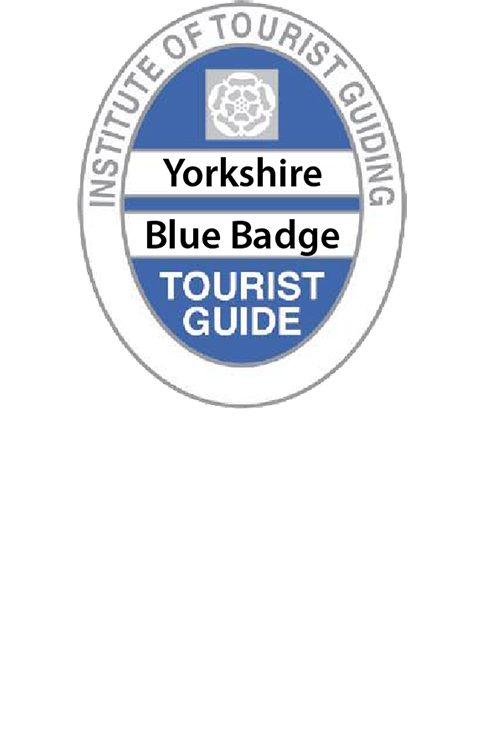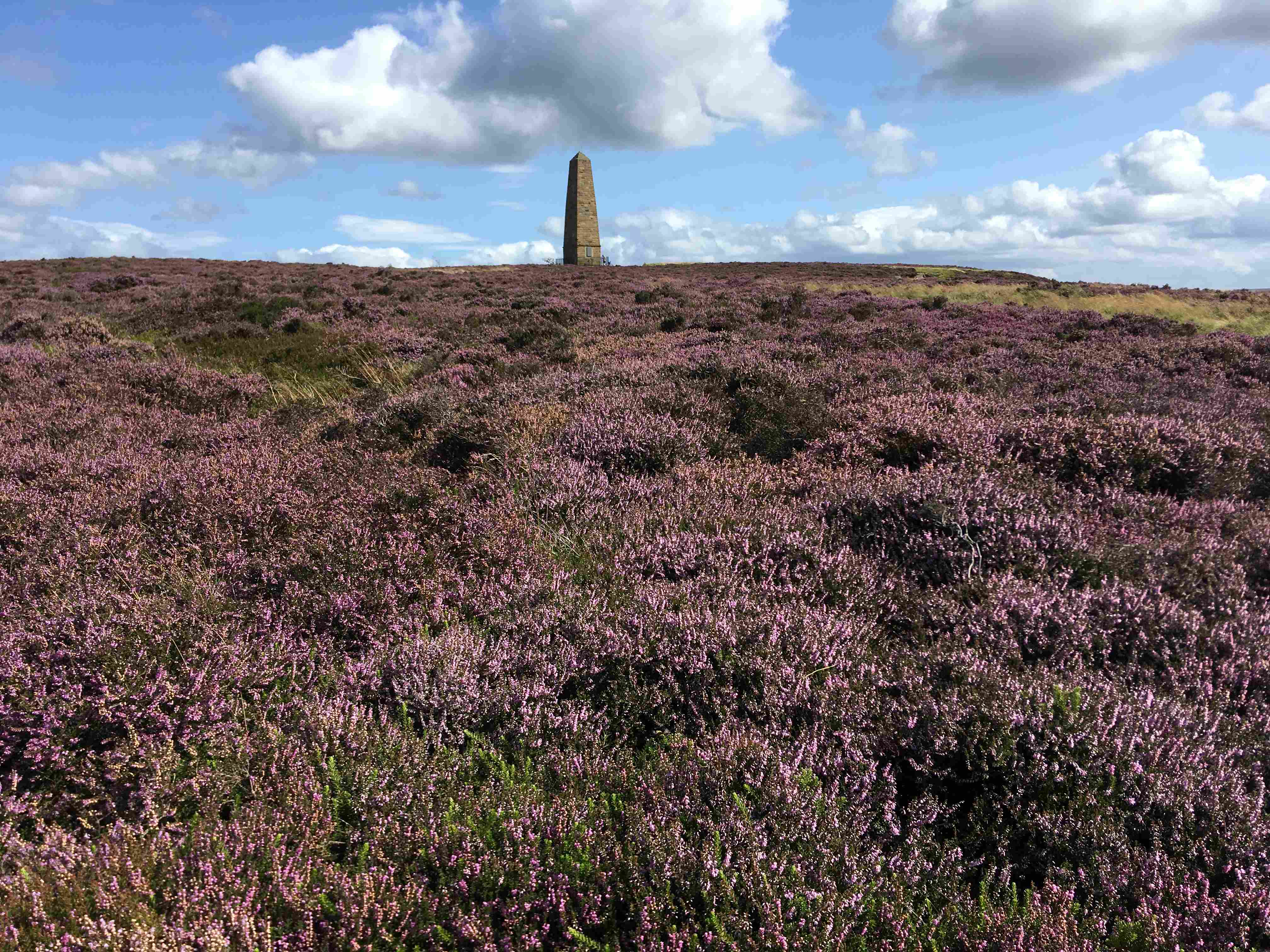28th November 2022 marked 70 years since the North York Moors was designated a National Park in 1952.
Celebrations throughout the year include the 10th anniversary of its Explorer Club and the 20th anniversary of its Apprenticeship scheme. 14% of the workforce is made up of apprentices, some school leavers, some of a more mature age. There is no upper limit for someone who wants to work in the outdoors.
The other big celebration was the Battle of Byland, 700 years ago when King Edward II was surprised by the Scots at Byland Abbey and had to escape to York.
The Sutton Bank Visitor Centre has had another successful year, with increasing number of people venturing out to see the stars at night during the Dark Skies Festival – a feast for the senses. There is also a feast for the palate down in Helmsley where the local brewery has produced a new beer called “Platinum”.
At the Eastern end of the park, the Woodsmith Mine, near Robin Hoods Bay, an excavation has found a prehistoric farming settlement. There is always so much to see and experience find out more here: www.northyorkmoors.org.uk
Check out these key facts about the North York Moors National Park:
- The North York Moors became a National Park on 28 November 1952 and is one of 15 National Parks in the United Kingdom.
- It covers an area of 554 square miles (1,436 square kilometres) and has 26 miles of coastline.
- There are 1,408 miles (2,268km) of Public Rights of Way in the National Park.
- The 109 mile (176km) Cleveland Way National Trail forms a horseshoe around the North York Moors starting in Helmsley and finishing in Filey.
- The highest point in the North York Moors is Urra Moor at 454 metres.
- It contains one of the largest expanses of heather moorland in England and Wales covering an area of over 44,000 hectares or around one third of the National Park.
- The North York Moors is a European Special Protection Area for merlin and golden plover and is internationally renowned as a haven for ground nesting birds.
- It is home to the most northerly colony of the Duke of Burgundy butterfly in Britain and the southernmost place for the dwarf cornel.
- Woodland and forests cover about 23% of the National Park and it has one of the largest concentrations of ancient and veteran trees in northern England.
- The river Esk, which flows from the moorland tops to the North Sea at Whitby, is the only river in Yorkshire and one of only seven in England that contains the fascinating freshwater pearl mussel.
- Chimney Bank in Rosedale vies with Cumbria’s Hardknott Pass for the steepest road in England with a gradient of 1 in 3.
- There are over 700 Scheduled Monuments within the North York Moors and around 3,000 listed buildings. Almost a third of the Scheduled Monuments for the Yorkshire & Humber region can be found in the National Park.
- There are around 1,500 boundary stones and crosses in the North York Moors including Lilla Cross, one of the oldest Christian monuments in England dating from 626 AD, which stands on Lilla Howe, a round barrow.
- The oldest surviving Gooseberry Show in the country (established in 1800) is held at Egton Bridge in the National Park.
- 23,380 people live within the National Park (2011 Census).
- Around 8.38 million people visit the North York Moors every year (2019 STEAM Report).
- Forty three percent of the North York Moors lies within the Borough of Scarborough, 38% within Ryedale, 15% within Hambleton and 4% within Redcar & Cleveland.
Article supplied by Steve Sutcliffe – https://yorkshiresbestguides.co.uk/project/steve-sutcliffe/
Key facts from North York Moors National Park Authority https://www.northyorkmoors.org.uk/


